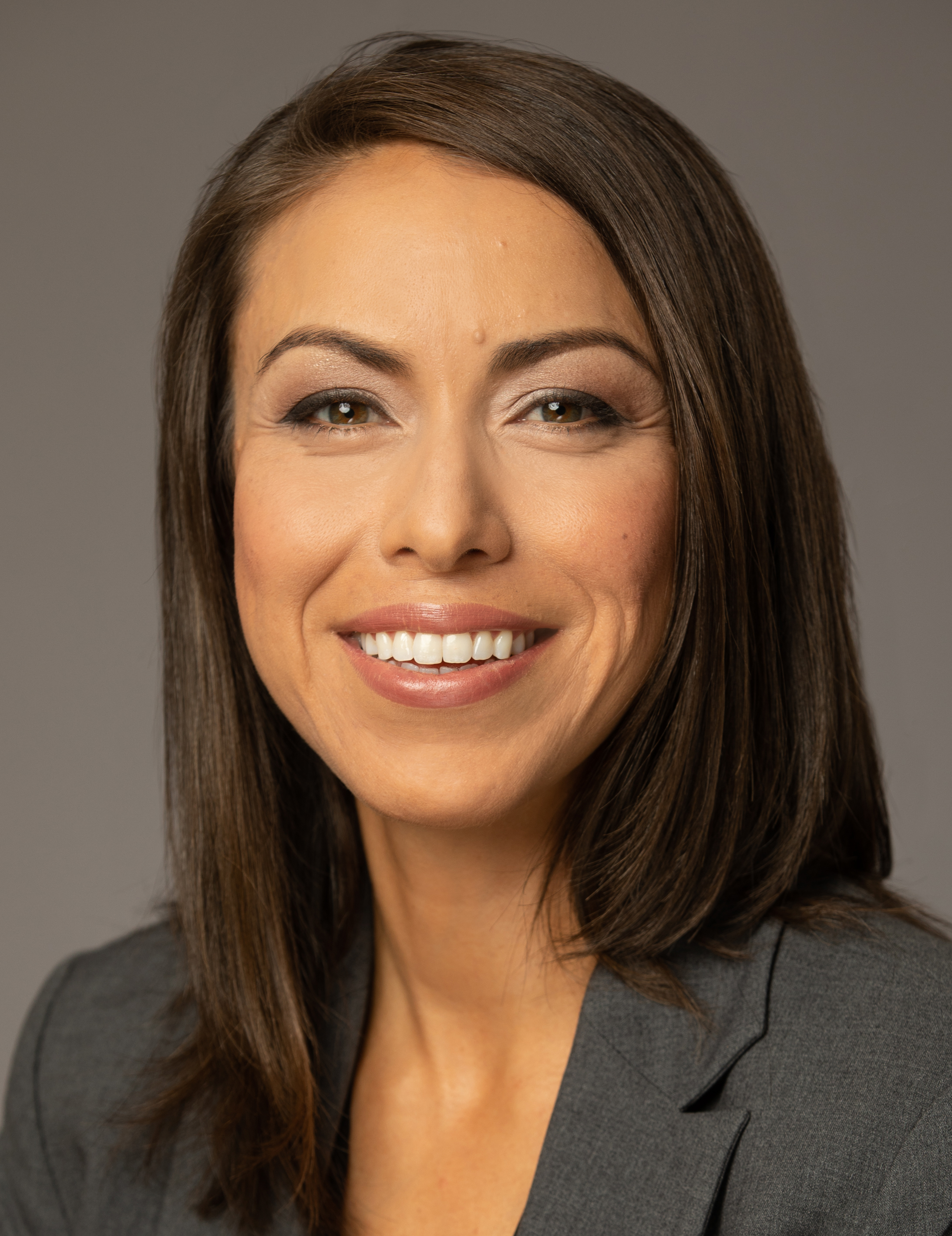On many modern dating apps, “swiping right” means you like someone.
Kate Healy, TD Ameritrade Institutional’s managing director of generation next, said financial planning is a “swipe-right” career.
Despite being a high demand, lucrative career with excellent prospects, though, financial planning still faces challenges attracting young professionals, Healy said at a session at the FPA Annual Conference in Minneapolis in October.
For TD Ameritrade Institutional, generation next is not just about millennials and Gen Z—it’s anybody who is not yet in the financial planning profession—young people, students, career changers. It’s about including more people from various racial and ethnic backgrounds, as well as people who bring diversity of thought. And we need to reach all these groups to help serve the 75 percent of Americans not getting financial advice, now and for years to come.
In the December issue of the Journal of Financial Planning, we outlined four key takeaways from research TD Ameritrade Institutional recently conducted and presented at FPA Annual Conference, and we promised you more specific information from TD Ameritrade Institutional on how to better reach and recruit the next generation.
Just to recap, the four key takeaways are: (1) firms need to do more to find, recruit and develop new talent; (2) advisers are hiring, but only half are actively recruiting the next generation of younger and more diverse talent into their firms; (3) advisers are looking for more than math skills; and (4) diversity is lacking in the profession.
Now, here are those specific ways TD Ameritrade Institutional suggests that financial planners can address these issues and reach the next generation we promised:
1.) Boost awareness about this profession.
People can’t be what they can’t see or don’t know about. Talk to your clients’ kids about what you do. Connect with local high schools and guidance counselors. Volunteer at Boys and Girls Clubs, Boy Scouts, Girl Scouts and participate in career days at your kids’ or nieces’ and nephews’ schools.
“It’s important to talk about what you do wherever you can,” Healy said.
2.) Expand recruiting efforts.
Think outside the box when it comes to recruiting. Stop poaching talent from one another and start looking for career-changers who may be coming from teaching or social work, Healy said.
Specific things to do include revising your job descriptions to be gender neutral. Healy said that men apply for jobs they meet 60 percent of the requirements for while women wait until they meet 80 percent or more of the requirements. There are resources available for you to run your job descriptions through in order to determine whether it’s masculine-coded (which might subconsciously deter women from applying) or feminine-coded. Here is one site where you can analyze your job descriptions that offers a list of alternative words to use to make the ad more gender-neutral.
Also, look to veterans for your next employees. Healy noted that TD Ameritrade has a section on their job applications that encourages veterans by stating, “Military experience may be substituted in lieu of education and/or experience.” They want veterans to just call them if they feel they might be a good fit but maybe don’t meet all the requirements on the job description.
3.) Get to know and work with your local university program directors.
When Healy asked the audience how many of them have already connected with local university CFP Board registered program directors, only one person raised their hand.
“That is one of the best ways to get your pipeline of talent,” Healy noted.
She recommended you connect with local university program directors, offer to serve as mentors to their students and develop internship programs for the students. TD Ameritrade Institutional has resources on how to create an internship program.
4.) Become a mentor.
Become a mentor—not just for your local university program—but for younger professionals and those new to the profession.
“Mentorships are pretty important,” Healy said. “I wouldn’t be where I am without mentorship. Developing people isn’t easy, but it’s a really fulfilling part of all of our jobs.”
5.) Create a culture of learning and promote development opportunities in your firm.
There are many misconceptions about younger generations, specifically millennials. They’re not disloyal job-hoppers, as the consumer media would paint them to be. Rather, they’re pretty loyal to employers so long as they know what their career path is.
“They need to know how they’re going to get to the next level,” Healy said.
Creating opportunities for your new employees—whether it be younger or career-changer employees—to learn experientially and offer them opportunities to give feedback helps with retention.
6.) Introduce diversity hiring programs.
Healy noted putting together a solid diversity hiring program includes being intentional and getting training, such as unconscious bias training.
“Sometimes we don’t realize what we’re doing or saying,” Healy said, noting that results from such assessments will help identify things that might make the workplace a less-than-ideal place for diverse employees.
She also suggested planners listen to the 2050 TrailBlazers podcast (or you can read recaps of select episodes right on this blog, like this most recent one).
Lastly, she noted learning about different cultures to develop more empathy toward others’ situations. Diverse employees beget diverse employees because, she noted, “Seeing is believing. You can’t be what you don’t see.”
“This is a group effort,” Healy said. “We need everybody to talk about what it’s like to be a financial adviser and bring more people into this profession.”
Last tip: emphasize the profession’s selling points. Those include it being about serving clients better, helping others and personal fulfillment.
Ana Trujillo Limón is senior editor of the Journal of Financial Planning and the FPA Next Generation Planner. She also edits the FPA Practice Management Blog. Email her at alimon@onefpa.org, or connect with her on LinkedIn.

Leave a Reply